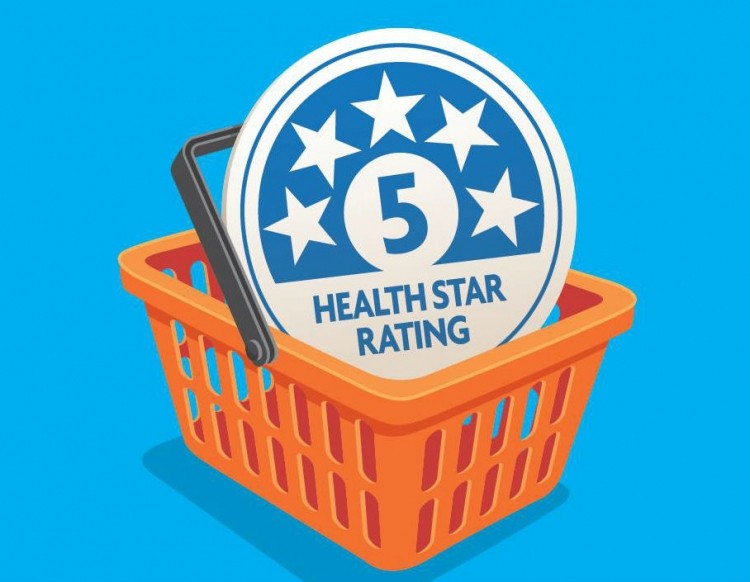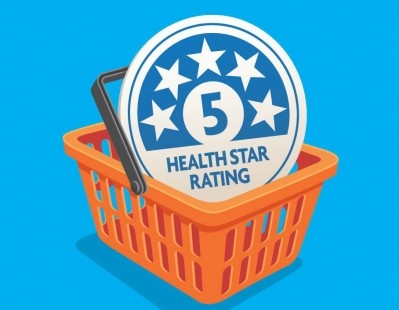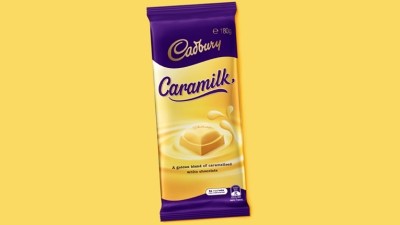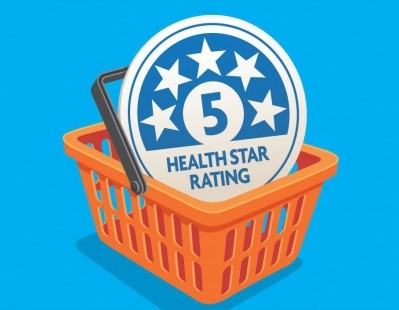‘Mandate Health Star Rating system’: NZ report demands ‘real action’ over ultra-processed foods

Ultra-processed foods were defined as ‘ready-to-eat or drink formulations based on refined substances’ that contribute to a diet that is ‘excessively energy dense and high in saturated fat, sugar, and salt’, as well as ‘a risk factor for higher rates of overweight and obesity as well as diet-related non-communicable diseases (NCDs)’.
The State of the Food Supply 2019 report published by the University of Auckland analysed some 13,000 packaged food items in New Zealand in terms of portfolio composition and nutrient profiles (HSR scoring).
The 19 biggest food and non-alcoholic drink manufacturers in the country (by market share) were also selected for analysis, and these made up 67% of the packaged foods market and 77% of the non-alcoholic beverages market in New Zealand.
“Poor diet is the leading cause of early death in Aotearoa New Zealand, accounting for nearly 20% of illness and premature death,” said lead author Dr Sally Mackay via a formal statement.
“Getting healthier foods on the shelves [is] key to curbing the obesity epidemic and diet-related ill health. But first we [needed] to get a handle on what’s already available.”
The report found that almost all manufacturers (with the exception of dairy firm Dairyworks) that were part of the study had a portfolio with at least 50% of ultra-processed products, and half of all these manufacturers carried at least 90% of such products.
Bakery and snack firms Arnott’s, Griffin’s Foods and Bluebird Foods each scored 100% in terms ofultra-processed food content, followed by bakery and meat firm George Weston Foods (98.9%) and cereal firm Kellogg’s (98.2%).
Top scorers amongst non-alcoholic drinks firms included Coca-Cola (96%), Frucor Suntory (93.8%) and The Better Drinks Company (82.7%).
Other big names included in the study with at least 90% of ultra-processed foods were Mondelez (96.5%), Unilever (96.1%), Nestle (93.4%) and Sanitarium (91.4%). Others like Mars, McCain Foods, Heiz-Wattie’s and major retailer own-brand names such as Woolworths NZ and FoodStuffs all had over 50%.
Health Star Rating scores
In terms of HSR scoring, Sanitarium received the highest score of 4.1, followed by McCain Foods (3.9) and Sealord (3.8). These were the only three companies to achieve scores over 3.5.
In the drinks category, The Better Drinks Co took the top spot with just 2.7, Frucor Suntory got 2.6 and Coca-Cola scored 1.8. Mondelez got the overall lowest score of 1.0.
“Nearly three-fifths (59%) of the packaged foods in our supermarkets have a low star rating (less than 3.5),” said Dr Mackay.
“Even in categories where you would expect healthier options, such as muesli bars and yoghurts, the mean rating is low.”
The report added that the voluntary HSR uptake by companies that is currently implemented is slow, at only some 21% overall.
“A Health Star Rating on every product in the supermarket would enable customers to more easily discriminate between healthier and less healthy products,” said the authors.
“Government should require mandatory on-pack labelling of all foods and beverages with a Health Star Rating label and the data required to calculate the HSR – consumers have the right to know about the healthiness of the foods they are purchasing.”
That said, it was acknowledged that some discrepancies still exist between the HSR system and overall ‘health’ concepts, as some of the results demonstrated.
“Some manufacturers [like Sanitarium] had a high mean HSR and a low proportion of discretionary (nutrient-poor, not necessary for a healthy diet) foods, yet a high proportion of ultra-processed foods,” said the authors.
“Sanitarium had the highest mean HSR and most products were classified as core foods. However 91.4% were classified as ultraprocessed, largely due to the extensive processing and ingredients added to breakfast cereals and plant-based milks.”
Other recommendations
As a result, the authors advocated that targets for voluntary product reformulation need to be set by the government, led by these leading food manufacturers and supported by food retailers.
“[For] any substantial change to happen across the food supply, we need the government to take real action by setting targets to lower salt, sugar and saturated fat content,” said Dr Mackay.
“Food manufacturers should benchmark the nutrient composition of their portfolios against best-in-category equivalents for levels of energy, saturated fat, sugar and sodium, [and] increase the proportion of minimally processed foods in their portfolio, such as whole grains, vegetables and fruit.
“Food manufacturers must take responsibility for the healthiness of all the foods they are making and marketing,” said the authors.
The role of food retailers was also highlighted – the study recommended that retailers set minimum requirements for the healthiness of the foods they stock and promote in-store and could require the HSR for products on their shelves.
Study: State of the Food Supply: New Zealand 2019.
Source: The University of Auckland, Auckland, New Zealand.
Authors: Mackay, S. et. al.
ISBN: 978-0-473-49151-2 [Accessed online at: https://cpb-ap-se2.wpmucdn.com/blogs.auckland.ac.nz/dist/9/291/files/2019/08/State-of-the-Food-Supply-University-of-Auckland-2019.pdf]



















